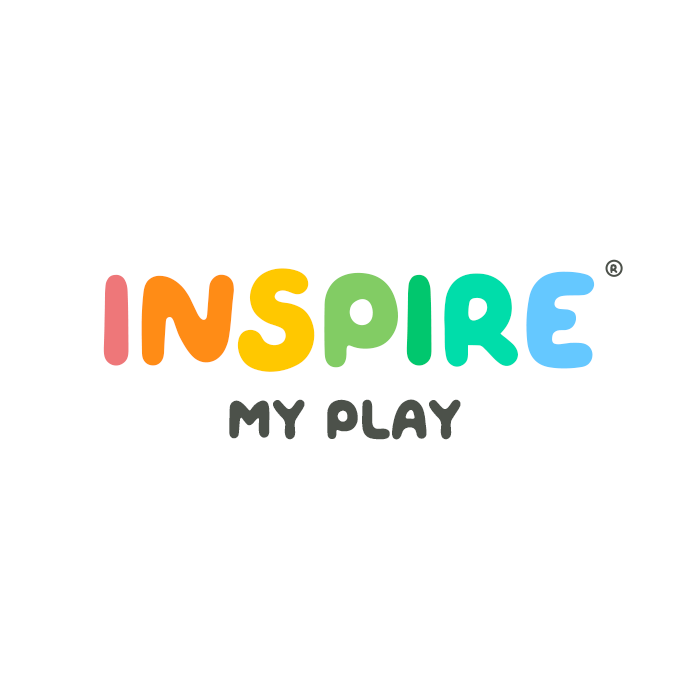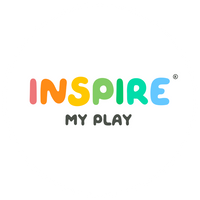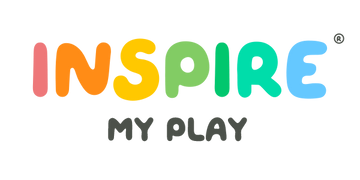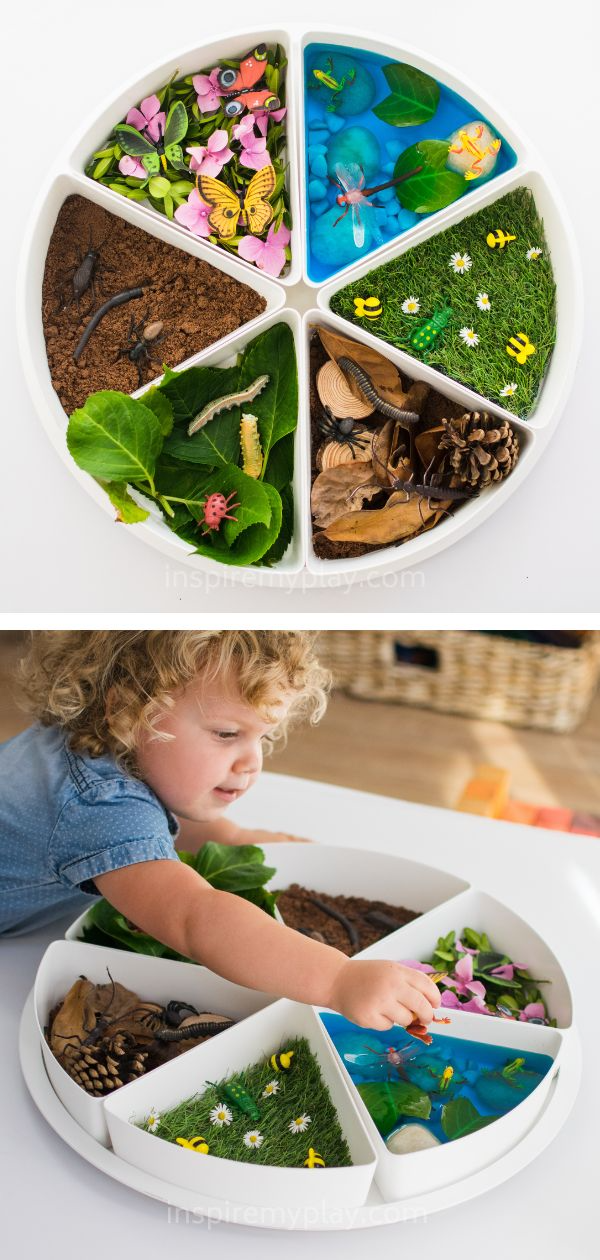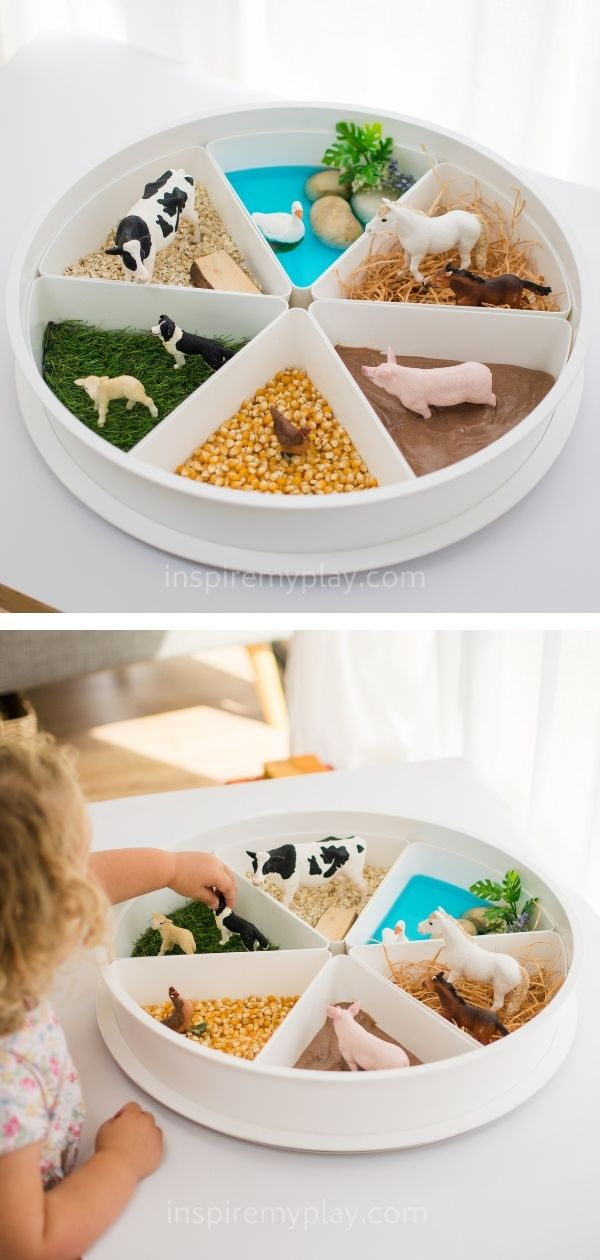10 Sensory Bases for Small World Play


Laura @inspiremyplay
Founder of @inspiremyplay, Early Years teacher for 11 years and mummy to three gorgeous girls. I'm passionate about about the benefits of play in early childhood.
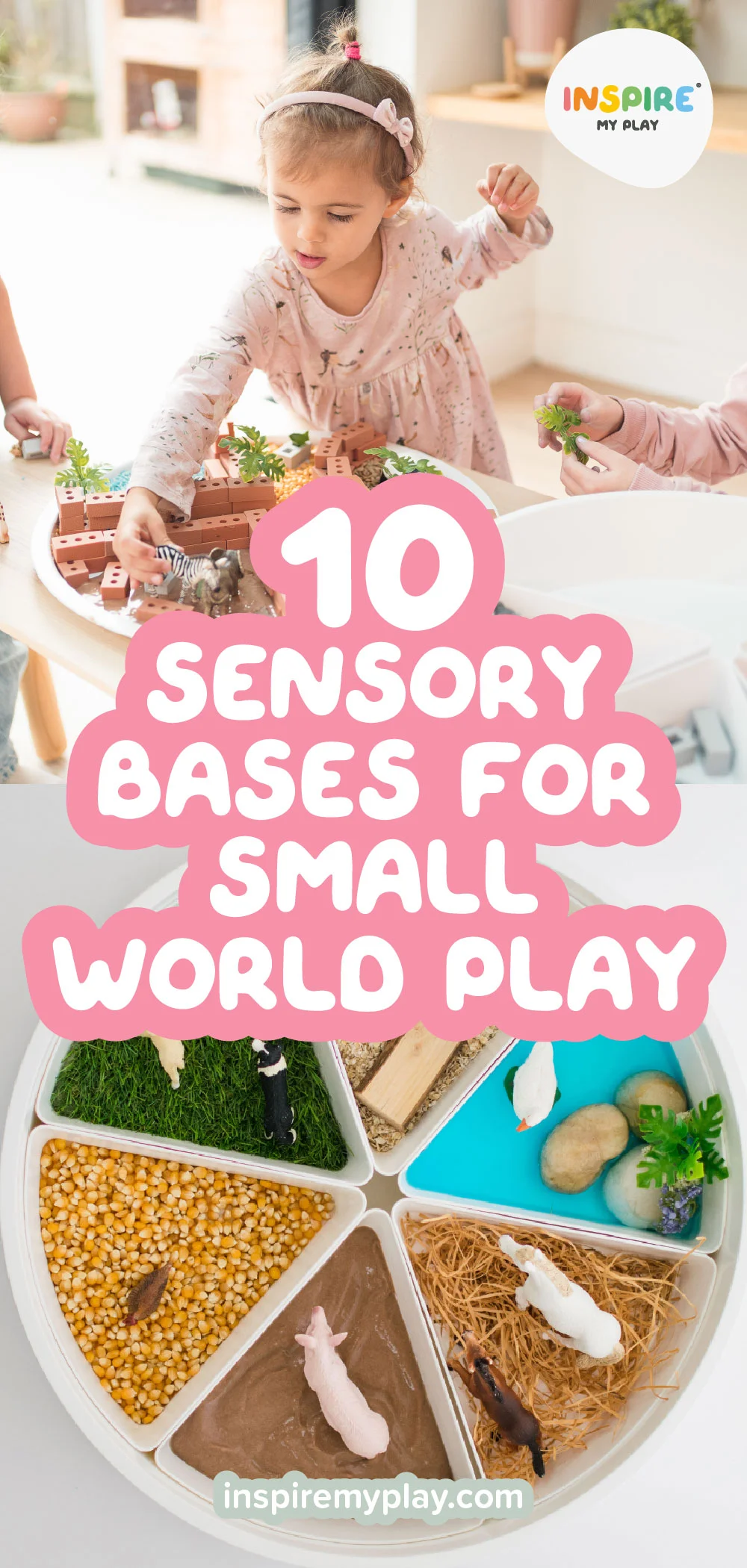
So before we dive into sensory bases, you might be wondering — what actually is small world play?
Small World Play is a type of imaginative play where children use mini figures, toys or props to create scenes inspired by real life or fantasy, like farms, jungles, fairy gardens or construction sites. It gives children the chance to explore ideas, act out our stories and develop language and social skills through hands-on play.
At Inspire My Play we’re huge fans of small world play because it brings imagination and sensory exploration together. It encourages creativity, builds confidence, and supports so many areas of children’s development — all while being lots of fun!
Now that you know what it is, let’s talk about sensory bases — the “ground” or backdrop for your child’s small worlds. These bases help bring scenes to life, and engage your child’s senses even more. Whether you’re setting up a seashore or dinosaur land, there are endless ways to make it magical.
In this blog, I’m sharing 10 of our favourite sensory bases, including a mix of quick, low-mess and taste-safe options, along with hands-on materials that offer rich sensory experiences. I’ve also included recipes and tips so you can try them out at home.
💡Top tip: All of these sensory bases work brilliantly in the PlayTRAY — our award-winning, child-safe sensory play tray designed to keep play contained (so you don’t have to stress about the cleanup). You can also pair them with our PlayTRAY accessories like our nesting scoops, funnels, bowls and bricks, to extend play and enhance learning.
1. Water
Nothing beats water play! It’s simple to set up and guaranteed to keep children entertained.
Add a few drops of blue food colouring to water, then add small sea creatures, shells and pebbles to create an ocean small world setup.
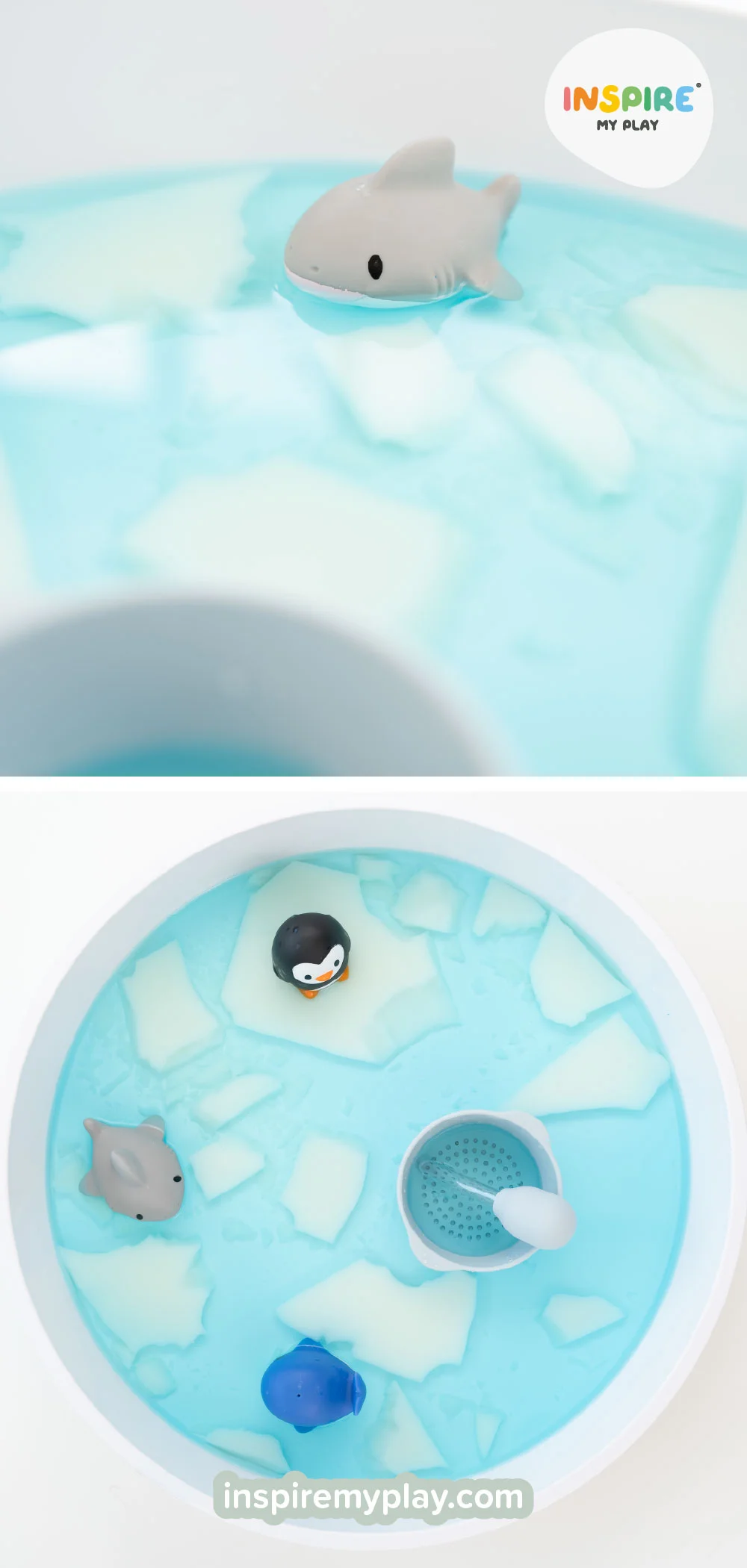
Freezing water is also a great option. We created a frozen ocean small world, this activity is great for developing fine motor skills. Use our tongs to rescue the animals!
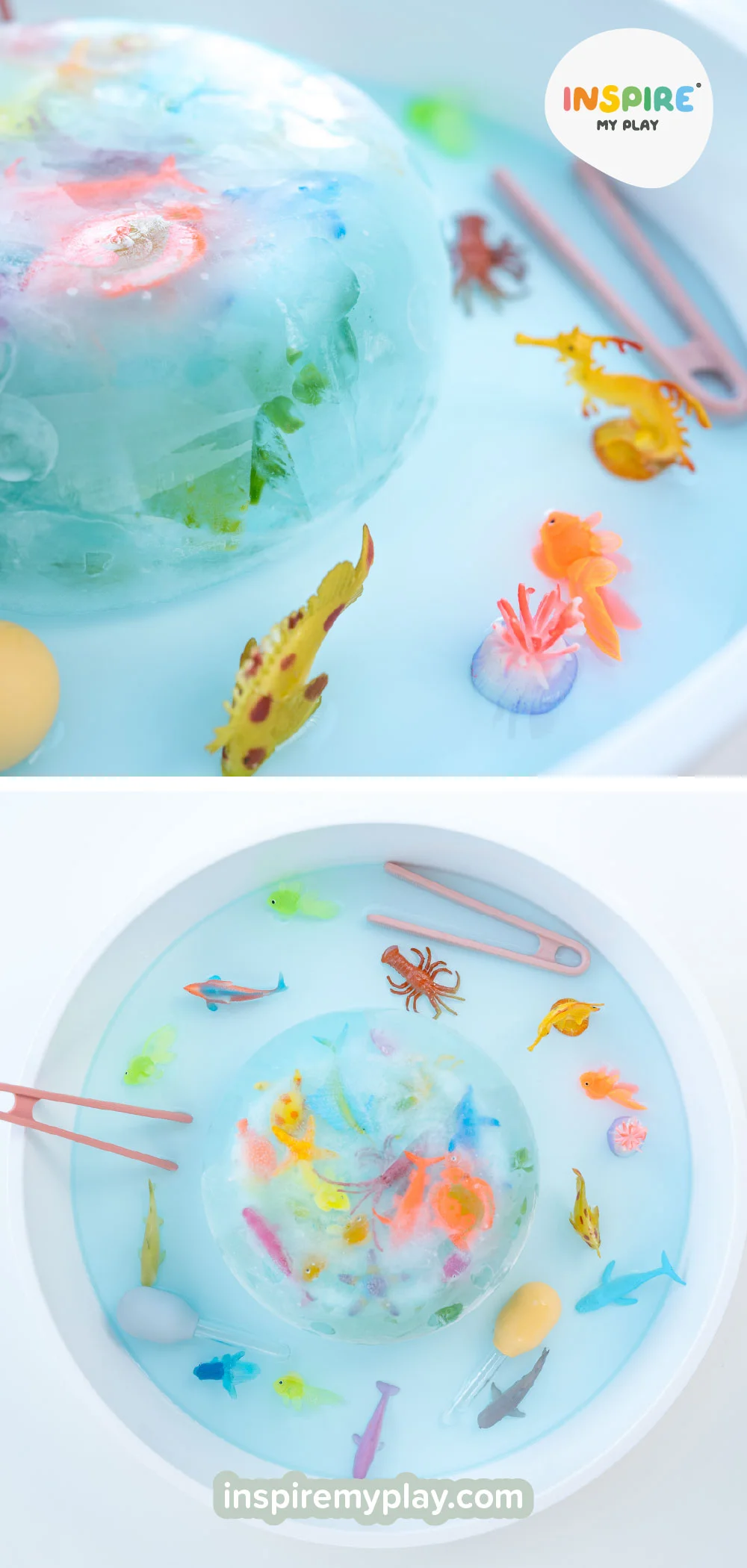
Or make an ice rink for penguins (like we did in the image below)! You can download the penguin cutouts on our FREE Printable Resources page (just search Penguin Ice Rink).
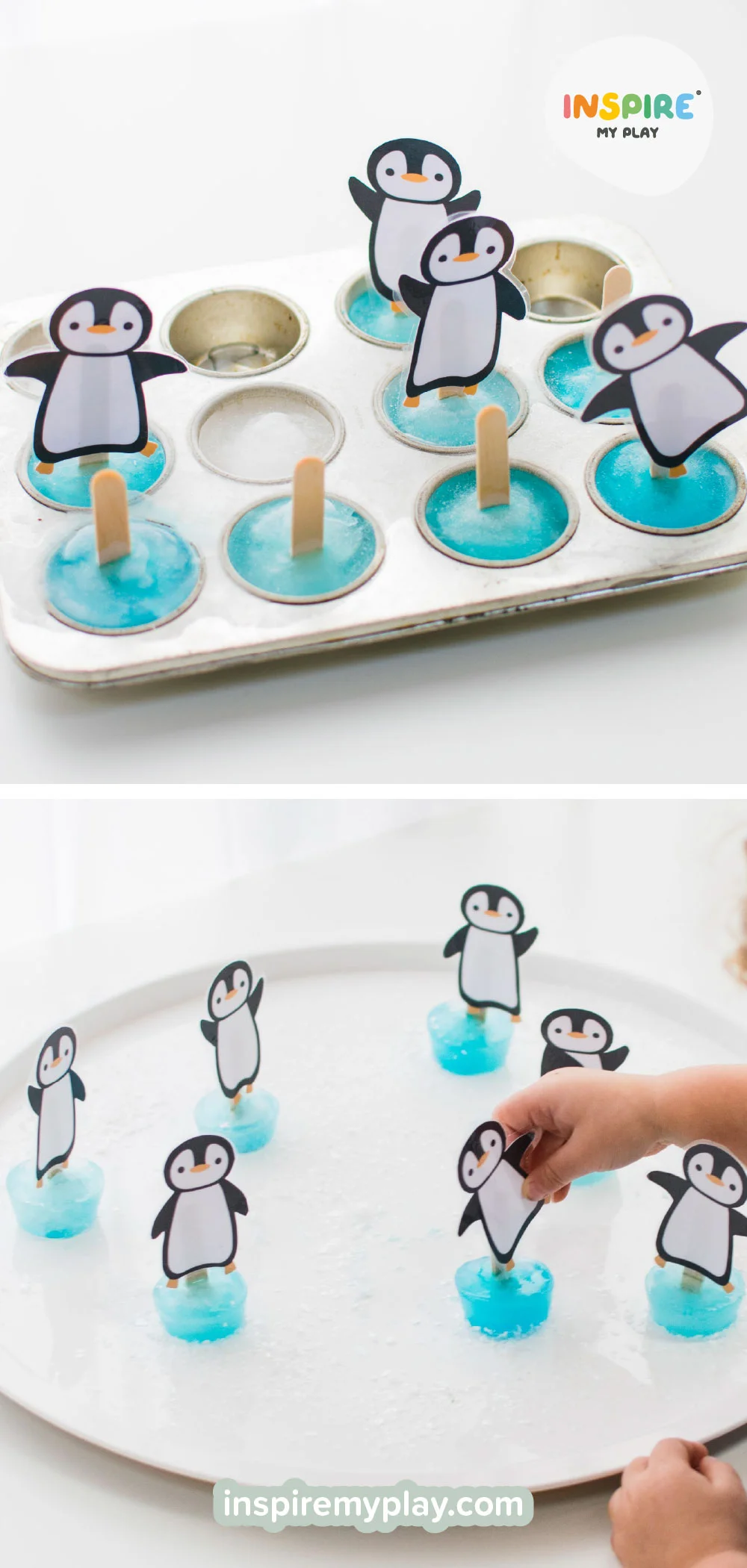
💡Top tip: Try water play activities in the PlayTRAY’s deep tray to help contain the splashing for an easy cleanup!
2. Bubble Foam
If your children love water play, they’re guaranteed to love bubble foam. It’s great fun and creates a magical, fluffy ocean base.
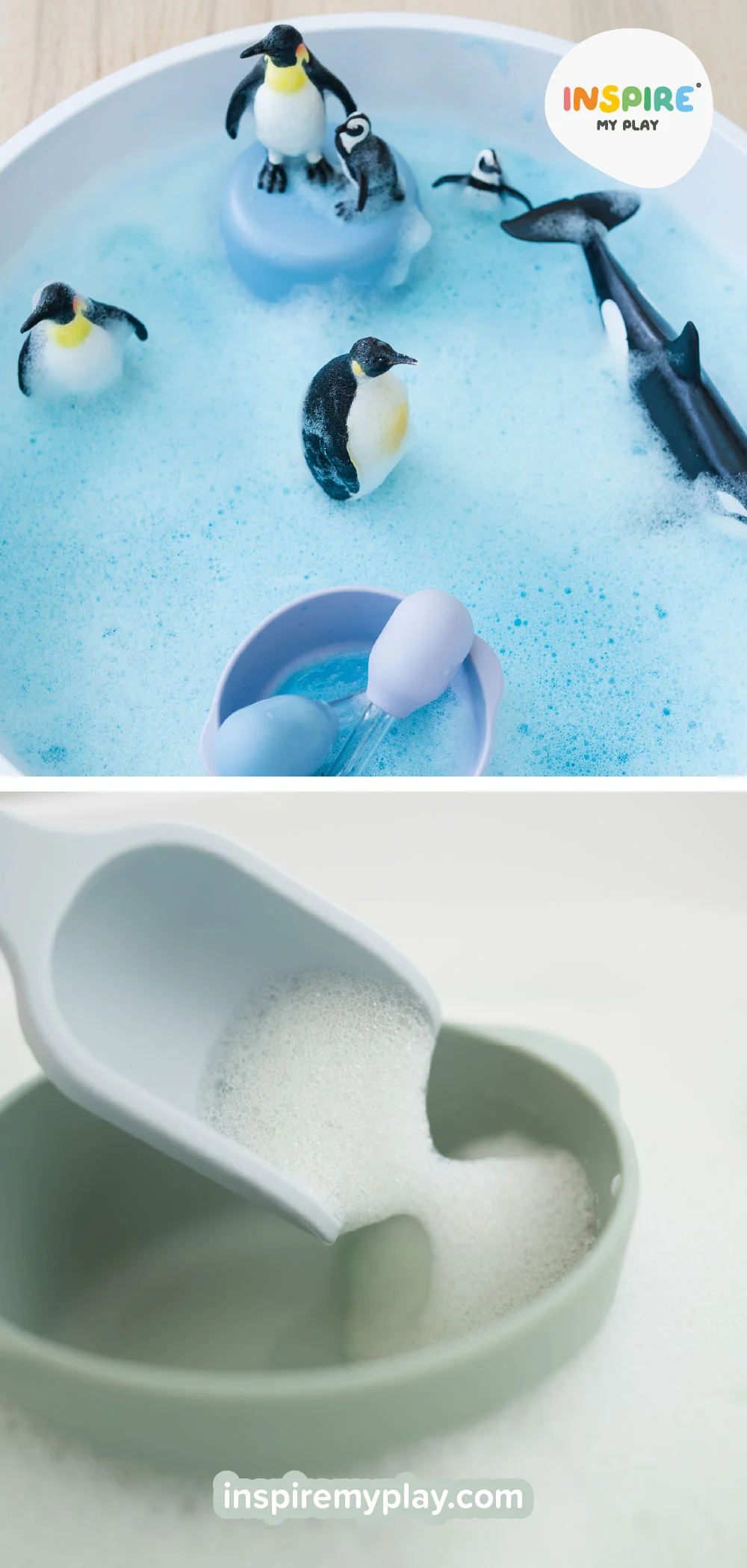
To make bubble foam, combine 1 part tear-free bubble bath (or washing up liquid) with 2 parts water, mix with a hand mixer until foamy, and add a little food colouring if you like. We use 3 or 4 batches of different colours to fill the PlayTRAY.
💡Top tip: Using our nesting scoops or mini scoops children can pour, explore and transfer the foam between trays — great for developing hand-eye coordination and fine motor skills.
3. Playdough
Playdough setups are always a hit in our house. It’s a classic sensory base for children to make their own small worlds because it’s so versatile: mould it, shape it, and press into it. Homemade playdough takes minutes to make and you can easily change colours to match your scene (green for grass, blue for water, earth tones for land). Check out our No-Cook Play Dough Recipe.
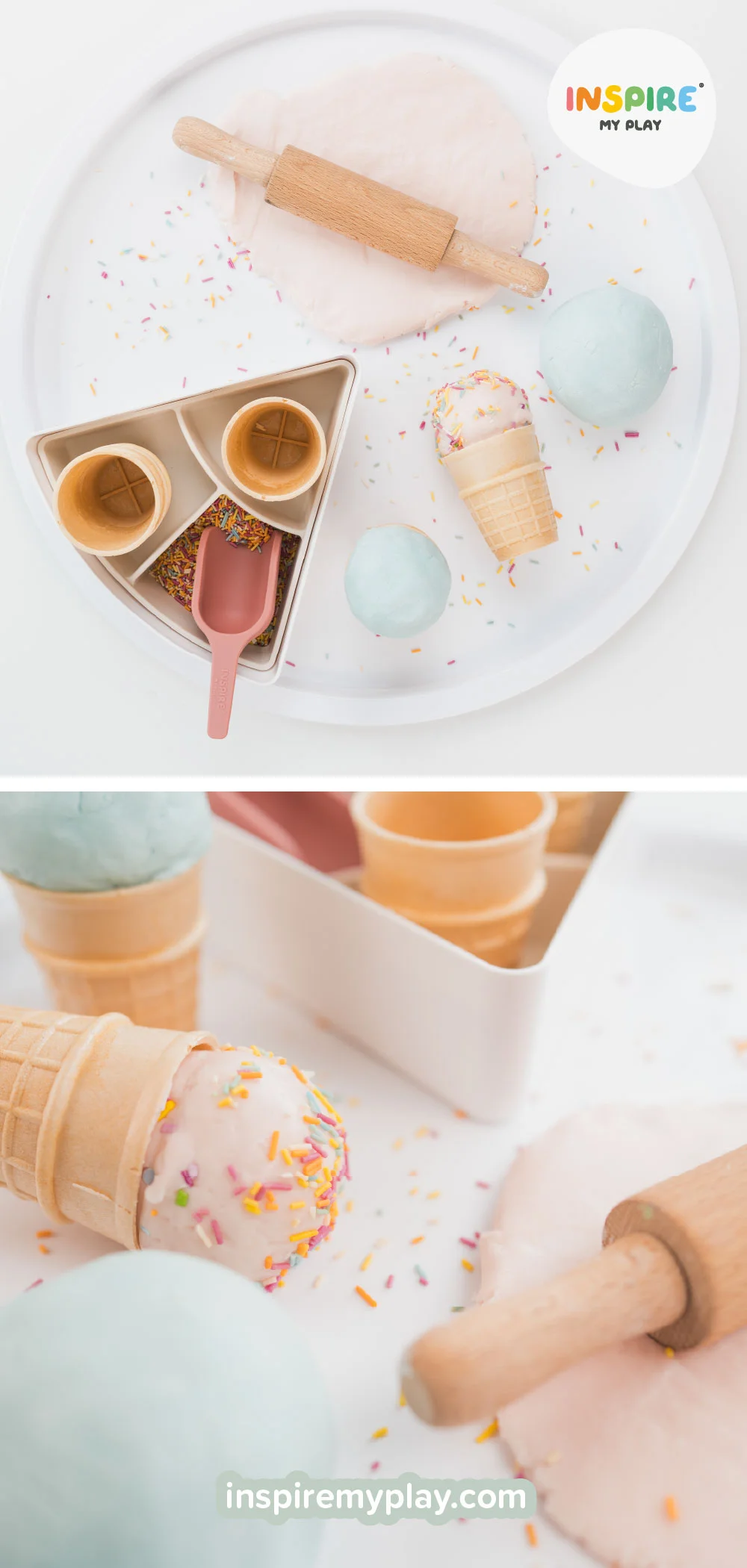
💡Top tip: Use the PlayTRAY shallow tray as your work surface. You can also introduce our small-world mini bricks, mini blocks and alphabet letters to let children imprint and make shapes into the playdough.
4. Sand
Sand is the perfect material for small world set ups, like beaches, construction sites or deserts/safari. Our favourite is kinetic sand — it moulds well, clumps gently, and is less messy than loose sand, which you have to get wet to shape easily.
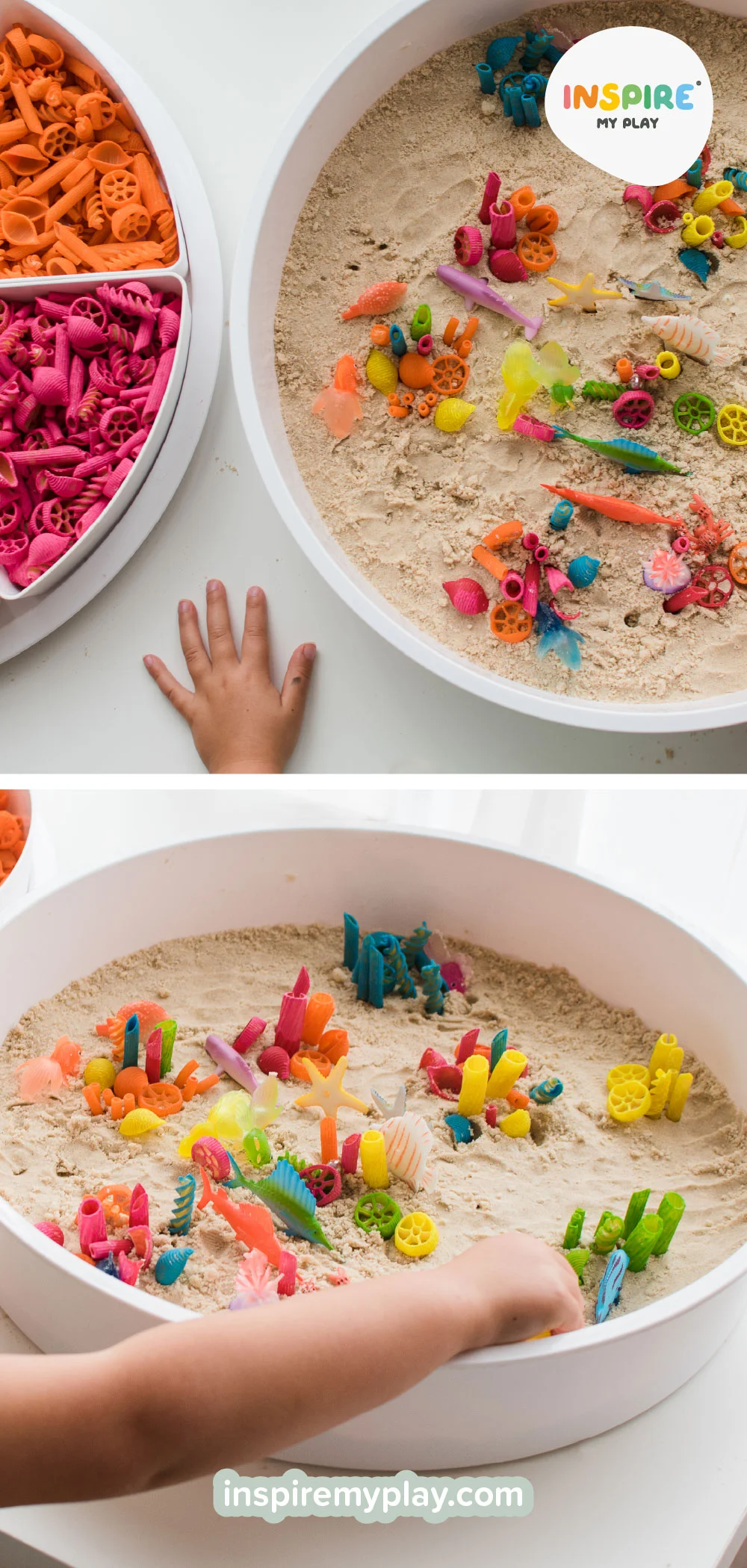
💡Top tip: Add our mini scoops and collapsible funnels so children can dig, pour and make mini dunes.
5. Soil, Mud & Grass
Don’t forget the outdoors! Garden beds, lawn, bark, plant pots, stones, or collected soil make amazing natural bases. For indoor play, try a strip of artificial grass. It’s a great base for train track, building blocks and other small world setups!
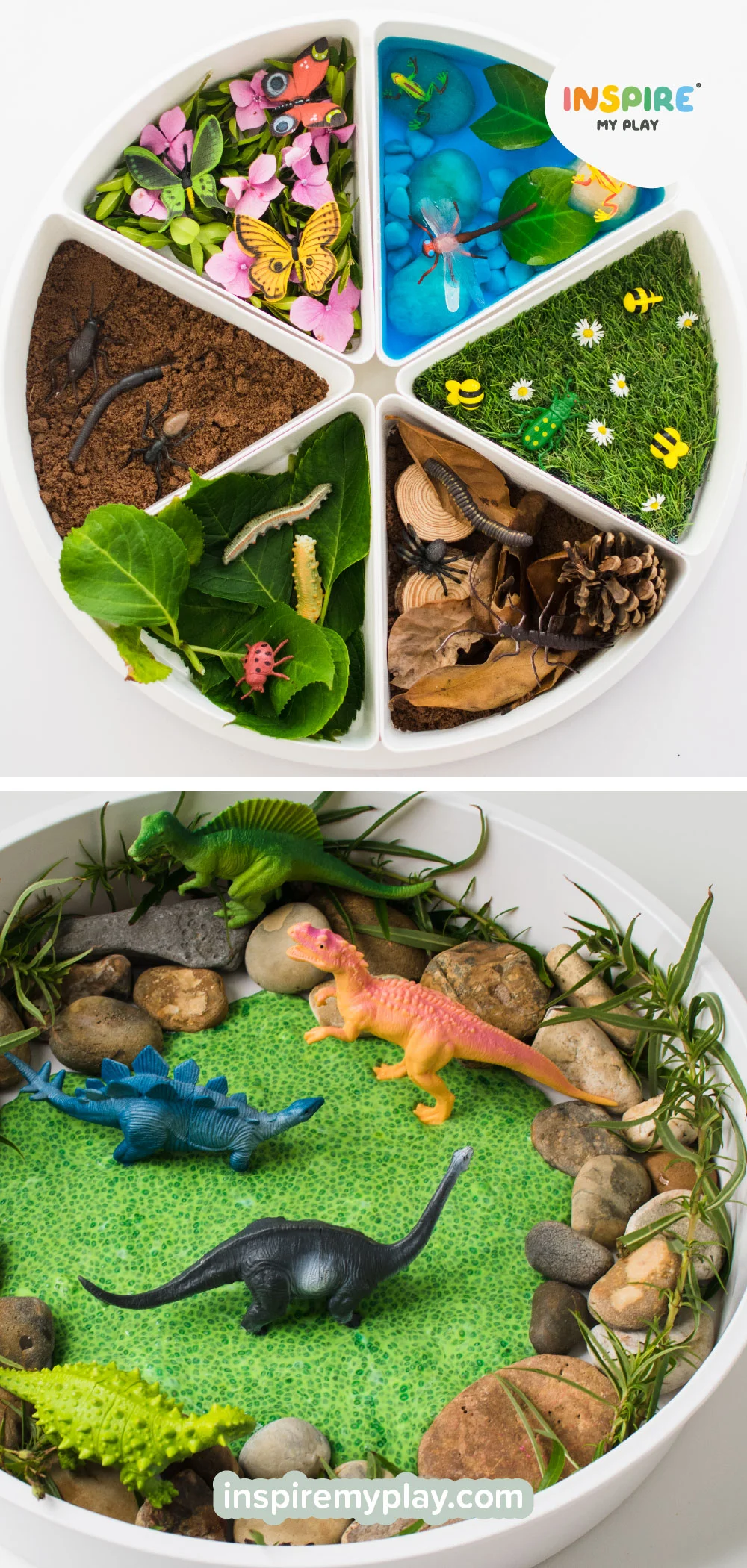
6. Cloud Dough
Cloud Dough (flour + oil) is one of the messier bases, but children love it! It’s powdery but also mouldable. It keeps for up to six months when stored in an airtight container, so you’ll get loads of use out of the same batch.
To make basic cloud dough, combine 4 cups of flour with 1/2 cup of oil. If you’re using it with a child who’s still mouthing, cook the flour on a baking tray first at 160F/70C for 5 minutes to kill any bacteria.
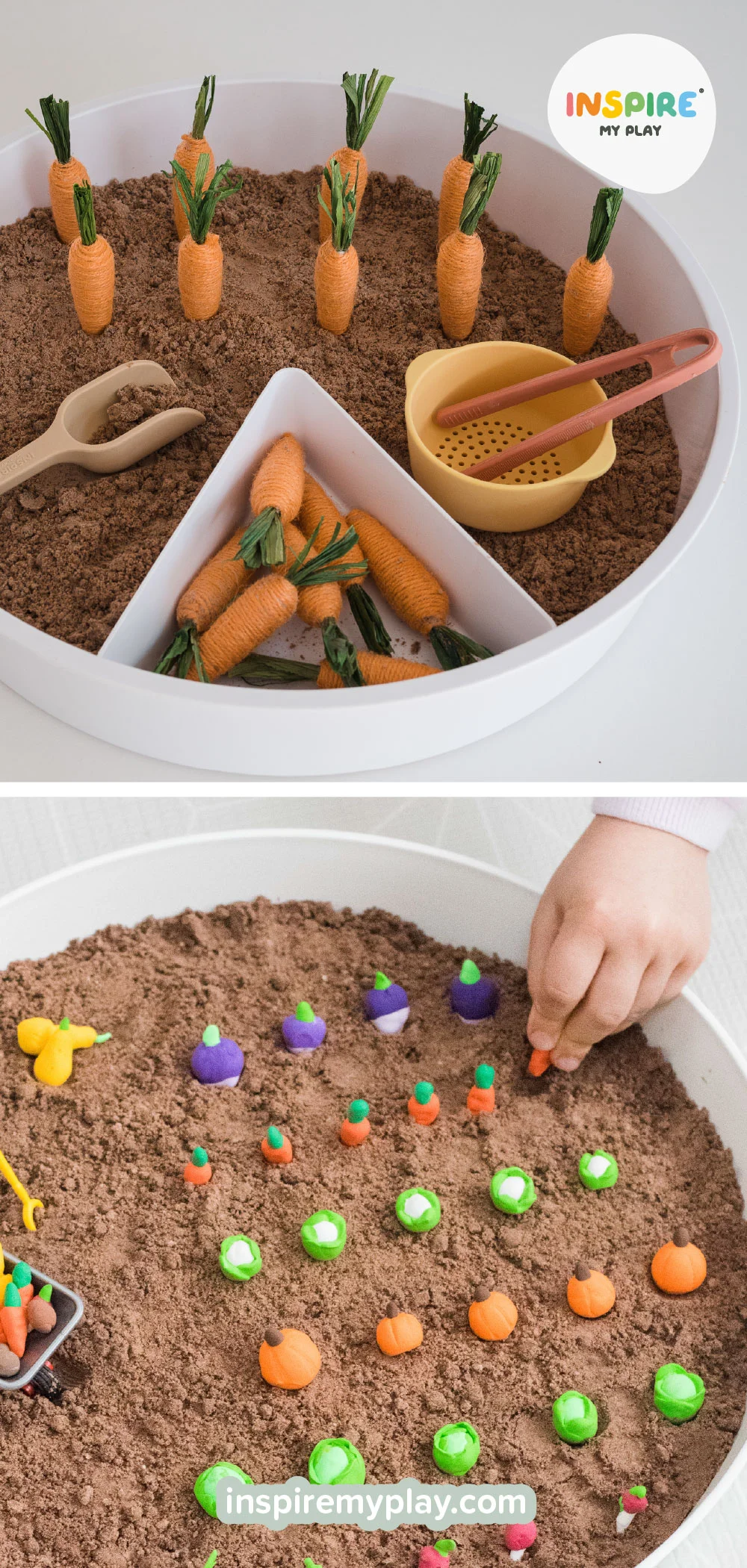
You can make brown or 'soil' cloud dough by substituting one cup of flour for a cup of cocoa powder. This is one of our favourite ways to use cloud dough!
💡Top tip: Add a splash of water to turn soil cloud dough into mud. If your little one is a budding astronaut, grate some charcoal into the flour and oil mixture along with some bio glitter for an out-of-this-world sparkly space scene.
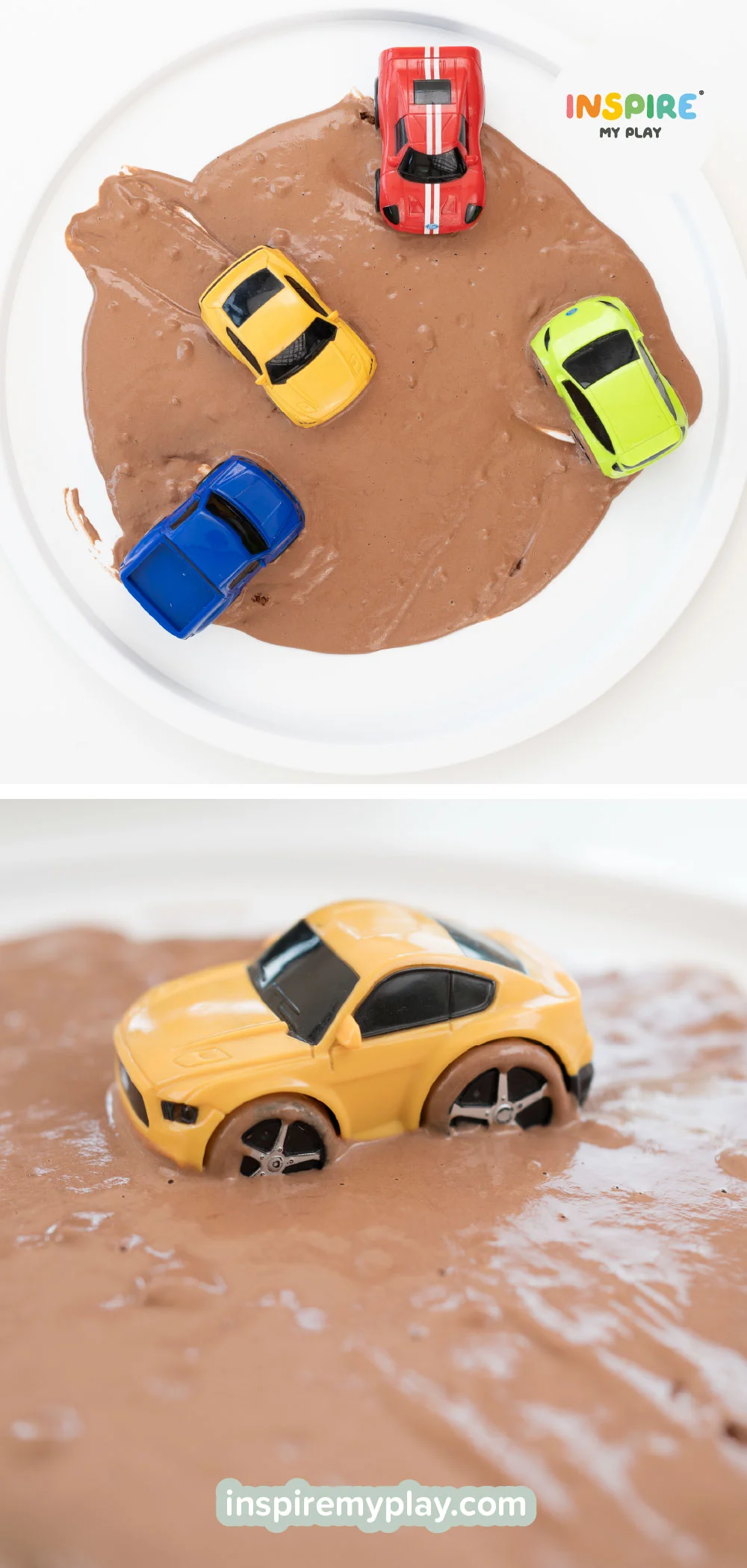
7. Artificial Snow
Instant snow powder (that you can buy in the shops and online) is such a fun one to try! Just add water and watch it grow into a soft, fluffy texture — creating a snowy or arctic base.
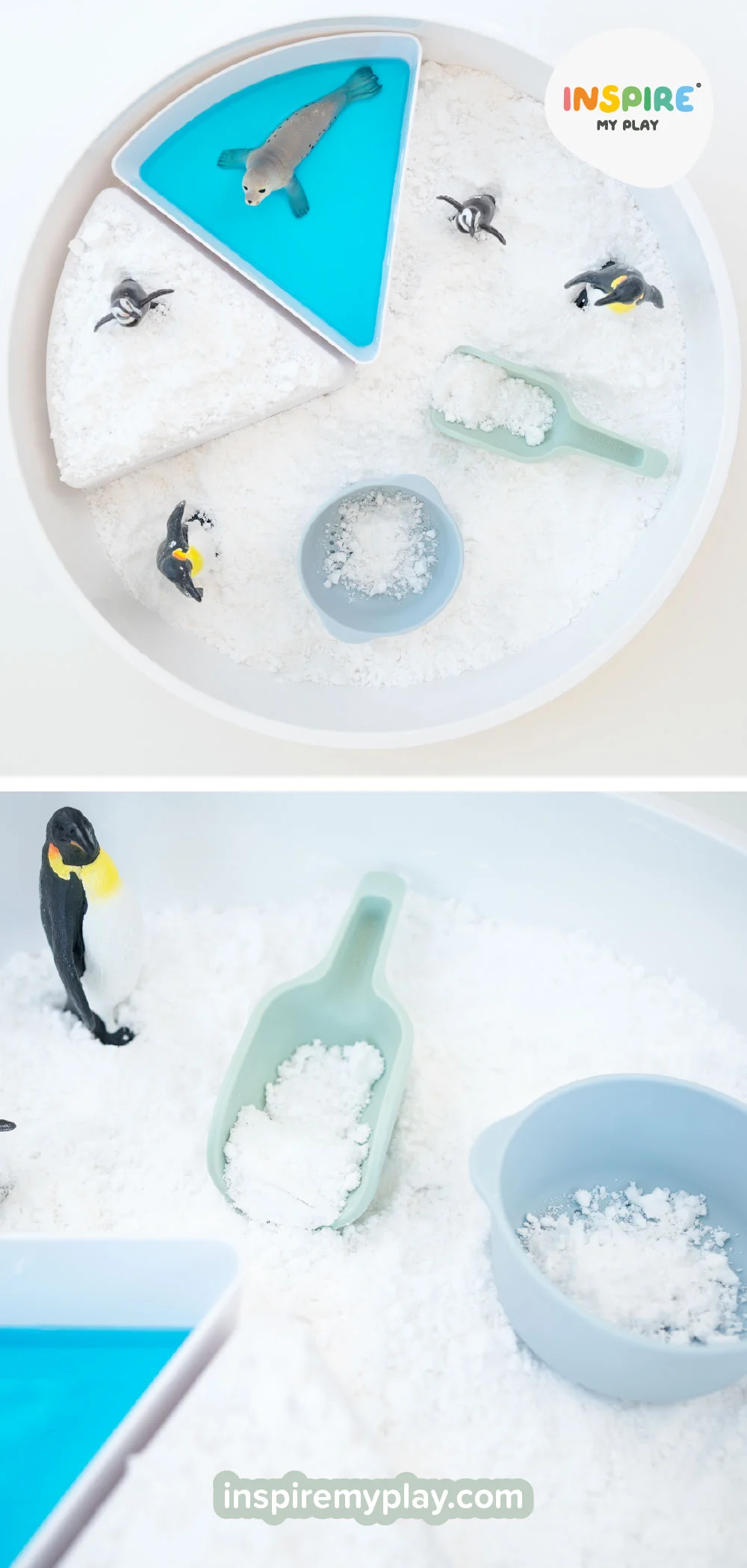
If you want to make your own, mix 4 cups of shaving foam with 4 cups of cornflour or cornstarch for a mouldable, powdery snow. You may have to add a bit more shaving foam to get the right consistency.
💡Top Tip: Use the PlayTRAY’s deep tray to hold your snowy scene. Add mini animals and pine cones, or use our Nesting Bowls to shape igloos.
8. Rice
Coloured rice is a budget-friendly, sensory-rich, fun small-world base for children. Use green rice for grass, brown rice for soil, or blue rice for water. Discover How to Make Rainbow Rice for Play.
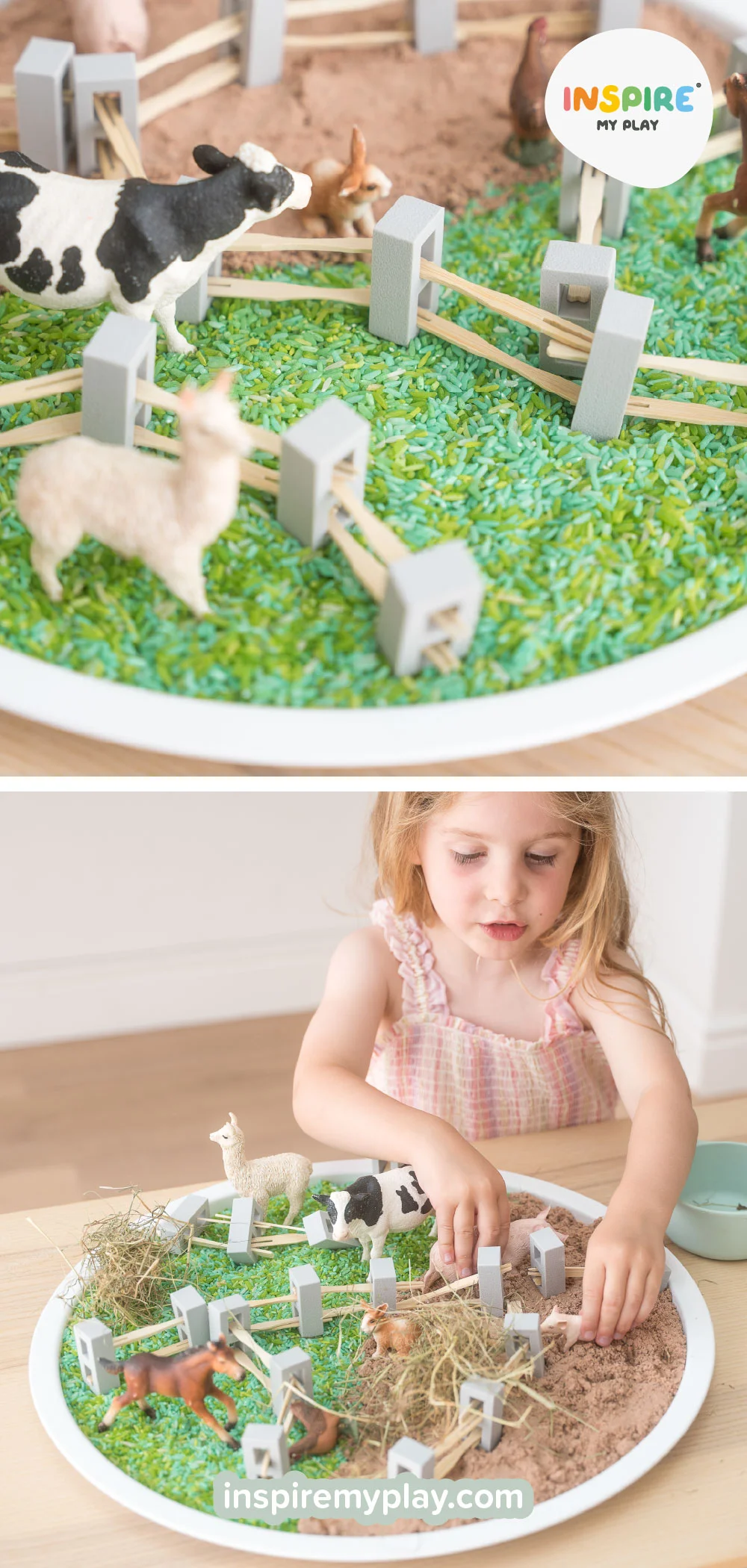
💡Top Tip: Our Mini Scoops and Collapsible Funnels are great for stirring, sifting and hiding mini figures or materials for your child to discover.
9. Spaghetti
Cooked, dyed spaghetti, or leftover cooked pasta makes a fun noodle base for small-world scenes, like spaghetti oceans or underwater seaweed! To colour spaghetti, simply cook the spaghetti as usual and add a few drops of food colouring. Use tongs to toss the spaghetti in the food colouring and then remove any excess by rinsing the spaghetti.
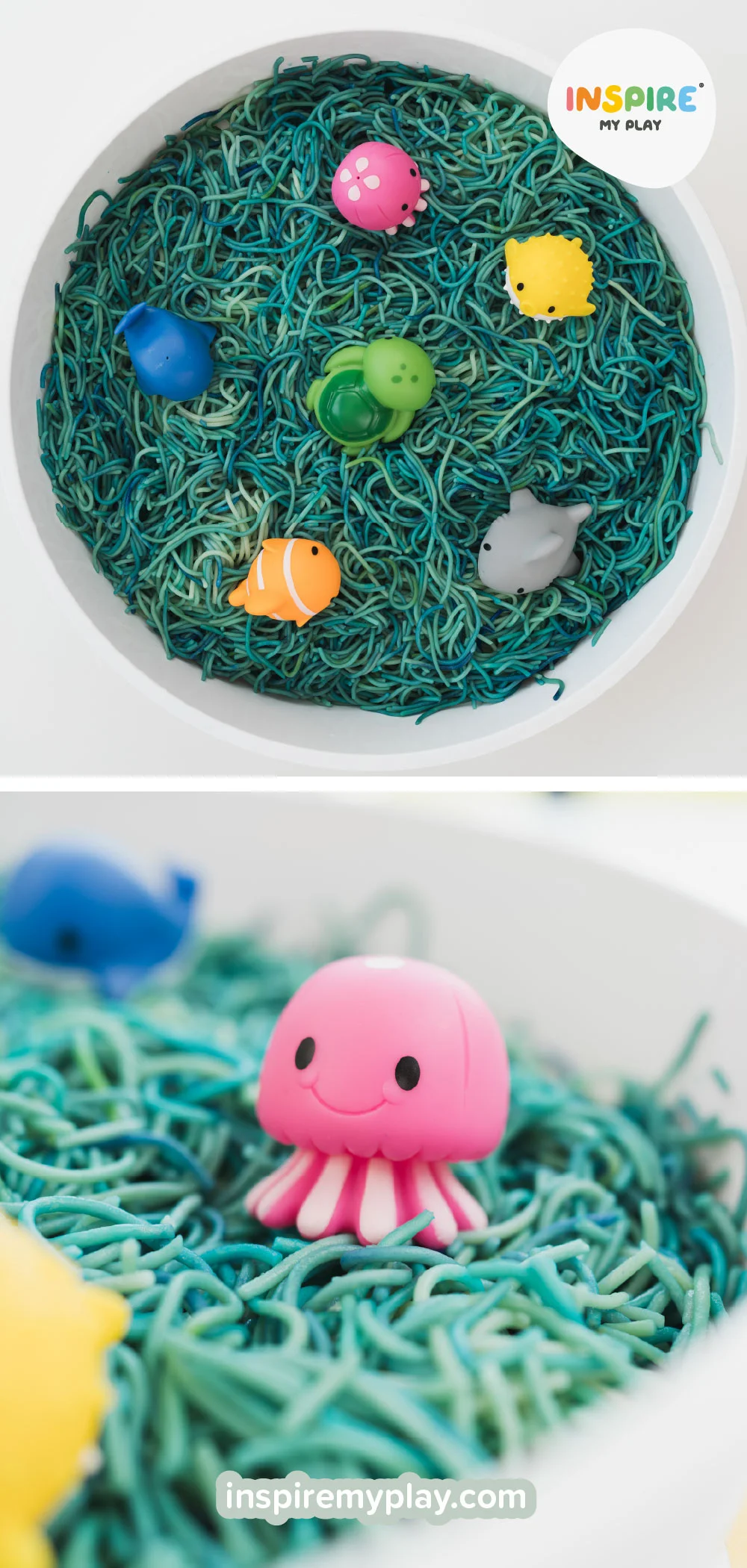
💡Top Tip: Use our Tong Set to toss the spaghetti in the food colouring and rinse off any excess — a fun way to build fine motor skills at the same time!
10. Cereals
Edible cereals (oats, shredded wheat, cornflakes) make excellent toddler-safe bases. They’re light, tactile, and safe if little ones want to nibble!
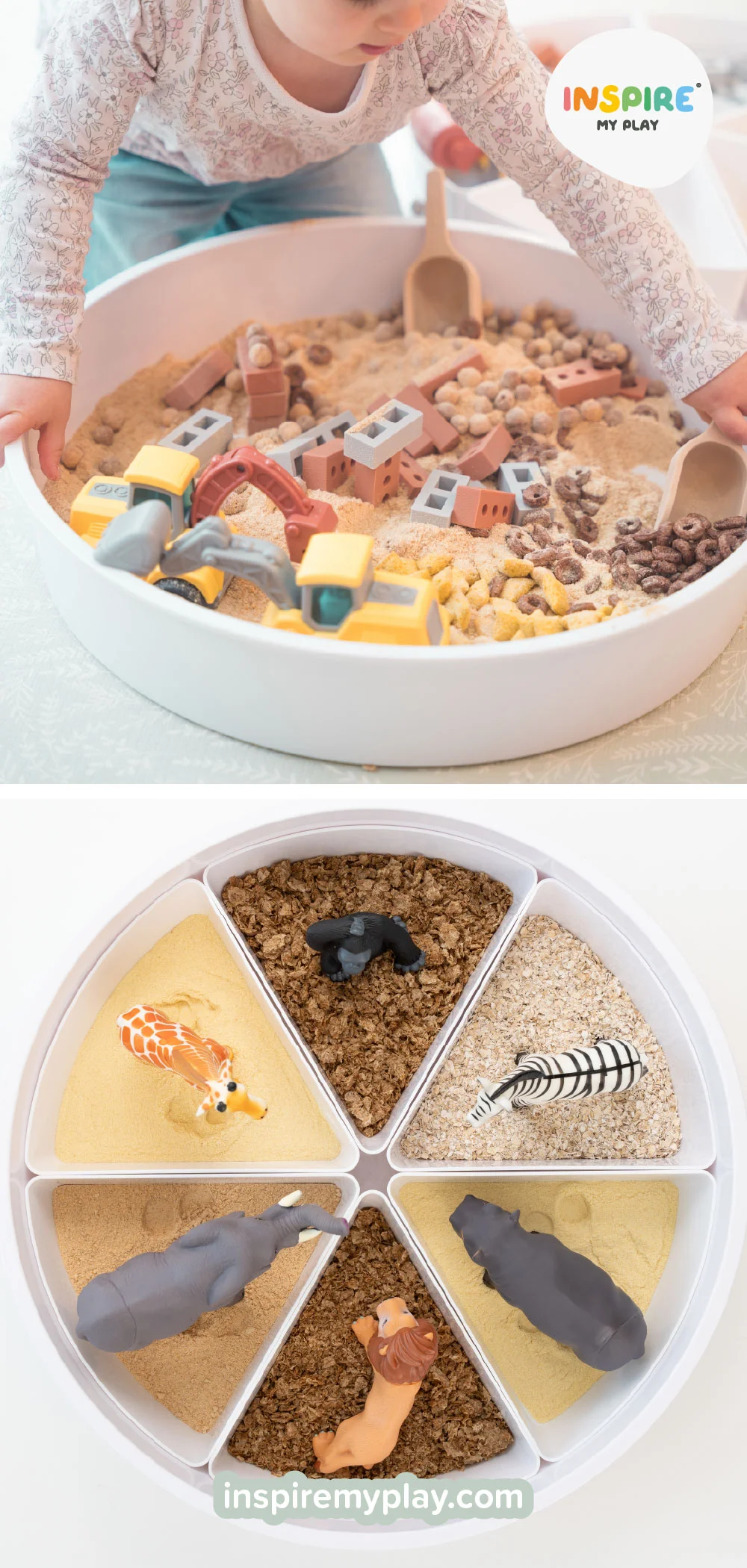
💡Top Tip: The PlayTRAY shallow tray is ideal for baby and toddler small world play. And it doubles as a lid, so you keep the scene safe for another day!
Choosing the right sensory base can turn simple small world play into a truly magical, hands-on experience. And these 10 bases offer endless opportunities for creative learning and discovery!
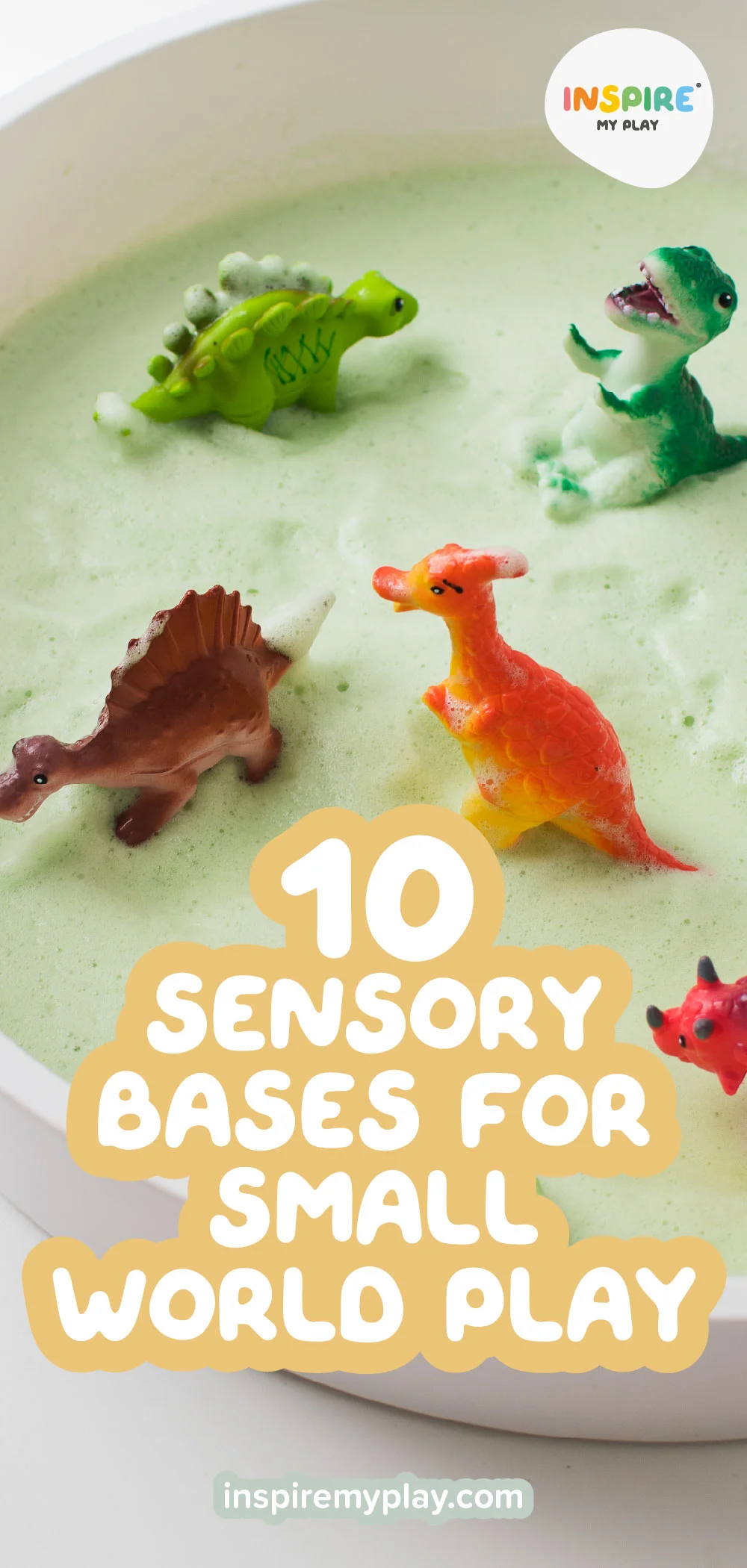
We love to see what our customers create. So please share your small world scenes by tagging @inspiremyplay on Instagram, Facebook or TikTok.
If you’re looking for resources to pair with your small world bases, check out our blog: 10 Must-Have Resources for Small World Play
